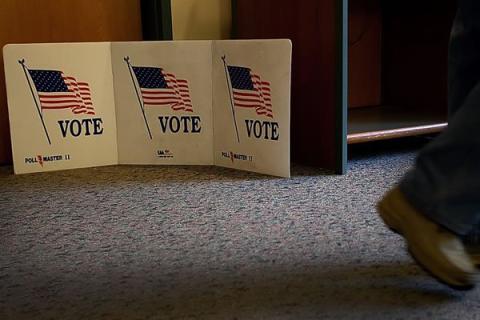
San Diego, CA. With the beginning of the candidate period on February 13 only days away, the Independent Voter Project (IVP) today released two new guides to help both voters and candidates understand the new rules in place because of the Top Two Open Primary Act (Open Primary Act) that was approved by voters in the June 2010 election.
Under the new rules, in 2012, candidates can more easily run for U.S. Senate, House of Representatives, California Senate or California Assembly:
- File: February 13 to March 9, 2012 (collect less than 100 signatures and pay a filing fee)
- Candidates appear on same June 5, 2012, primary ballot
- The top two vote getters runoff in November
This year’s primary is the first time the new open primary rules will replace the partisan format that has been the norm in California. “Most voters and many potential candidates are not aware of how the rules have changed to make running for Congressional and state offices easier than ever before,” said Steve Peace, co-chair of IVP.
The “Voter Guide to the New Improved Open Primary Act” and the “Candidate Guide to the New Improved Open Primary Act” give voters and candidates information about the options available to them between now and the primary election on June 5.
“In the past, independent voters were denied the opportunity to vote in primary elections because the electoral process was designed to select partisan candidates, often predetermining the victor in the general election,” Peace said. “The new rules give voters a chance to choose the two candidates to compete in November no matter what their party preference.”
The breadth of changes are detailed in the guides, but several important new rules affect candidates who want to run this year and must file nomination papers during the period that begins on February 13 and ends on March 9.
- Candidates no longer need to collect thousands of votes to obtain nomination papers.
- Candidates no longer represent a party. Each candidate must declare a preference for a party or choose to be listed as having “no party preference.”
- The “Candidate Guide to the New Improved Open Primary Act” contains a matrix detailing the key requirements for a candidate to become eligible for the ballot and other changes.
Key changes for voters include:
- All candidates for a given state or congressional office will be listed on a single primary ballot.
- Independent voters can now vote for any of the candidates in the primary. In the past, they could only choose to vote on one party’s ballot – if the party allowed that.
- 3.8 million independent voters now have a choice in California’s primary elections.
For more information about how to become a candidate and additional rules and changes for voters, go to the Independent Voter Network, www.IVN.us, an online news platform produced by IVP.
